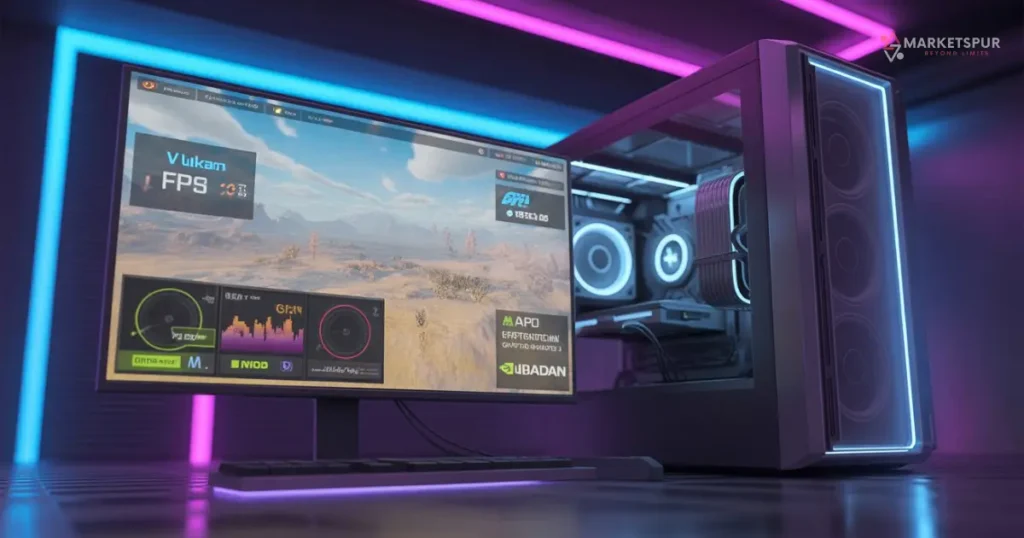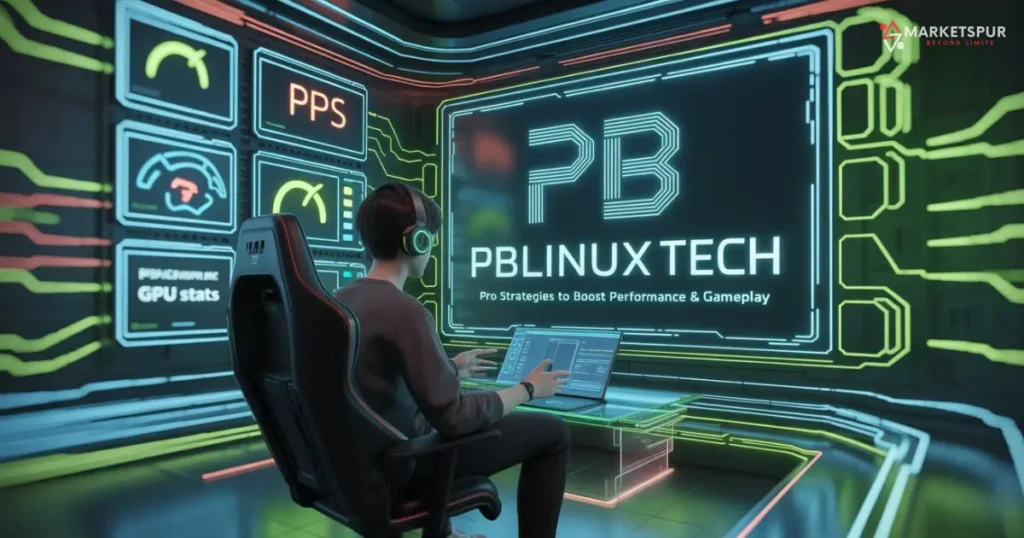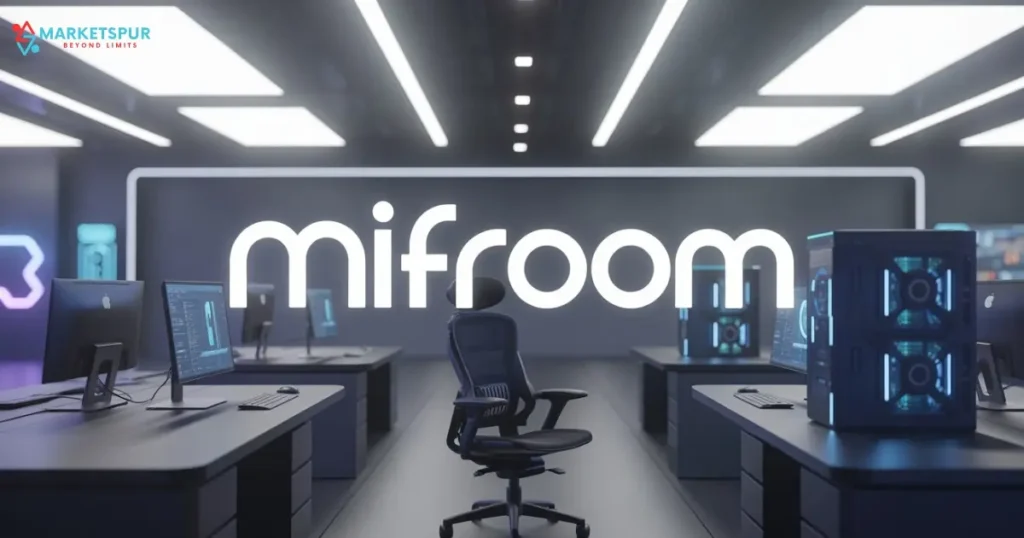Mastering games on PBLinuxTech isn’t just about skill—it’s about system power, precision, and strategy. With the right Linux gaming setup, you can push every frame to its limit and enjoy seamless gaming performance even in demanding titles.
The world of open-source gaming has evolved, giving players full control over system optimization and visuals that rival any major platform.
From managing drivers to enhancing FPS, Gaming Tips PBLinuxTech reveals how to fine-tune your hardware, boost responsiveness, and elevate gameplay beyond expectations. Whether you’re a casual or competitive gamer, these insights will help you achieve smoother, faster, and more immersive experiences every time you play.
- Understanding What PBLinuxTech Brings to Gamers
- Setting Up the Ultimate Gaming Environment
- Optimizing System Performance for Smooth Gameplay
- Enhancing Graphics and Visual Experience
- Building Mental and Strategic Mastery
- Mastering Team Communication and Multiplayer Dynamics
- Health, Balance, and Gaming Discipline
- Security and Stability in Online Gaming
- Leveraging Technology for Competitive Edge
- Continuous Growth and Community Engagement
- Frequently Asked Questions (FAQs)
Understanding What PBLinuxTech Brings to Gamers
PB Linux Tech stands on a robust Linux Kernel base that grants freedom to customize every layer of your system. By tweaking kernel settings, managing system resources, and cutting unnecessary background tasks, gamers achieve low latency gaming and stable frame rate improvement.
Unlike locked-down systems, Linux gives total control. The flexibility of open-source software lets you fine-tune every detail. Compared with Linux vs Windows gaming, PB Linux Tech users often see higher stability, efficient performance tuning Linux, and cleaner driver management.
Setting Up the Ultimate Gaming Environment
Strong hardware ensures smooth play. Choose a high-performance CPU and GPU (from AMD or NVIDIA) that support hardware compatibility Linux. For storage, use SSD or NVMe drives to guarantee fast game loading. Don’t forget to enable the TRIM command for steady speed over time.
Next, pick a gaming-focused distro like Pop!_OS or Fedora. Adjust display settings Linux carefully — correct refresh rate adjustment and resolution scaling improve your visuals. A mismatched setting wastes performance, so test multiple combinations for best graphics optimization.
Optimizing System Performance for Smooth Gameplay
Your FPS boost depends heavily on updated drivers. Always keep AMD drivers Linux or NVIDIA drivers Linux up to date. Run system optimization tools and stop unwanted background processes before gaming. This ensures more system resources reach your game.
Enable performance mode in your settings. Adjust swap space management for efficiency — if you have enough RAM, use less swap to avoid slowdowns. These tweaks combine to produce smooth gameplay Linux experiences even during demanding sessions.
Also Read : Trend PBlinuxtech
Enhancing Graphics and Visual Experience
Choose Vulkan rendering instead of OpenGL performance when available. Vulkan minimizes overhead and improves latency. Games using OpenGL benefit from tuning shader cache and texture quality.
Install MangoHud overlay for real-time FPS monitoring, performance metrics, and thermal data. Within Steam for Linux, manage VSync, scaling, and advanced rendering through Proton or Proton Experimental to maximize stability and graphics optimization.

Building Mental and Strategic Mastery
Winning isn’t just technical; it’s mental. Practice focus exercises to sharpen awareness and reaction. Watch professional matches to learn tactical approaches. Strategy training improves your gaming performance more than hardware upgrades sometimes can.
Adopt a growth mindset. Every defeat is data. Analyze replays, note weak spots, and adjust tactics. In online multiplayer gaming, adaptability separates champions from casuals.
Mastering Team Communication and Multiplayer Dynamics
Team games demand communication. Clear calls, positive tone, and consistent info create synergy. Configure Steam Input or external apps for coordination. Encourage your squad to use identical systems for smoother voice and latency.
Understand multiplayer dynamics like lane coverage, rotation timing, and objective sharing. Great teams rely on synchronization, not solo hero plays. Precision in teamwork ensures consistent wins.
Health, Balance, and Gaming Discipline
Gaming nonstop can damage posture and eyes. Take short breaks every 30–40 minutes. Stretch your wrists, blink often, and use ergonomic furniture to support your spine.
Follow the 20–20–20 rule: every 20 minutes, look at something 20 feet away for 20 seconds. Manage sleep, eat healthy, and stay hydrated. Discipline equals longevity in competitive play.
Security and Stability in Online Gaming
Security matters as much as speed. Only install trusted apps and keep system packages updated. Avoid third-party repositories that could compromise your setup.
For a steady network, prefer wired connections. Adjust QoS settings router and DNS optimization for ping stability. These steps ensure low-latency setup in all online connectivity.
Leveraging Technology for Competitive Edge
Stream, record, and analyze with OBS and other gaming tools. Monitor temperatures, performance metrics, and frame rate with MangoHud.
Advanced players can perform kernel tweaks Linux, apply CPU core optimization, and cautiously try overclocking Linux for extra FPS. Stay within thermal limits — consistency beats unstable spikes.
Continuous Growth and Community Engagement
Join the open-source gaming community. Contribute to Proton, Lutris gaming platform, or forums dedicated to PB Linux Tech. The gaming ecosystem grows through shared insights.
Test new drivers, updates, and configuration tweaks. Post results, share troubleshooting Linux games, and learn from global users. Growth never ends — your experience fuels the next gamer’s success.
Frequently Asked Questions (FAQs)
What is the 40 second rule in gaming?
The 40-second rule suggests taking short breaks between intense matches or levels. Resting your hands and eyes for 40 seconds improves reaction time and prevents strain. It’s a small step that boosts long-term gaming performance and focus.
Is 2 hours of gaming a day healthy?
Yes, about two hours daily is considered a healthy limit. It allows entertainment without hurting your posture, vision, or mental well-being. Balance playtime with exercise and offline activities to maintain strong focus and good sleep.
What are the big 3 in gaming?
The “Big 3” often refers to Sony, Microsoft, and Nintendo. They dominate the gaming industry through their consoles, ecosystems, and global communities. On PC, PB Linux Tech brings similar innovation to open-source gaming platforms.
How to correct posture while gaming?
Sit with your back straight, shoulders relaxed, and feet flat on the floor. Keep your monitor at eye level and elbows close to your body. Using an ergonomic chair reduces strain and supports longer smooth gameplay Linux sessions.
What is rule 1 in gaming?
Rule 1: Have fun. Winning feels great, but the main goal of gaming is enjoyment. Keep a positive attitude and respect others online. Good sportsmanship makes every match more rewarding.
Is 3 hours of gaming too much?
Three hours can be fine if balanced with breaks and movement. Problems start when long sessions replace sleep or daily routines. Set time limits and follow a routine that includes rest and social activity.
Final Note
By applying these Gaming Tips PBLinuxTech, you can transform both system and mindset. Fine-tune your Linux gaming setup, update your drivers, and practice smarter strategies. Combine technical mastery with discipline, and your gameplay will rise far above average.

